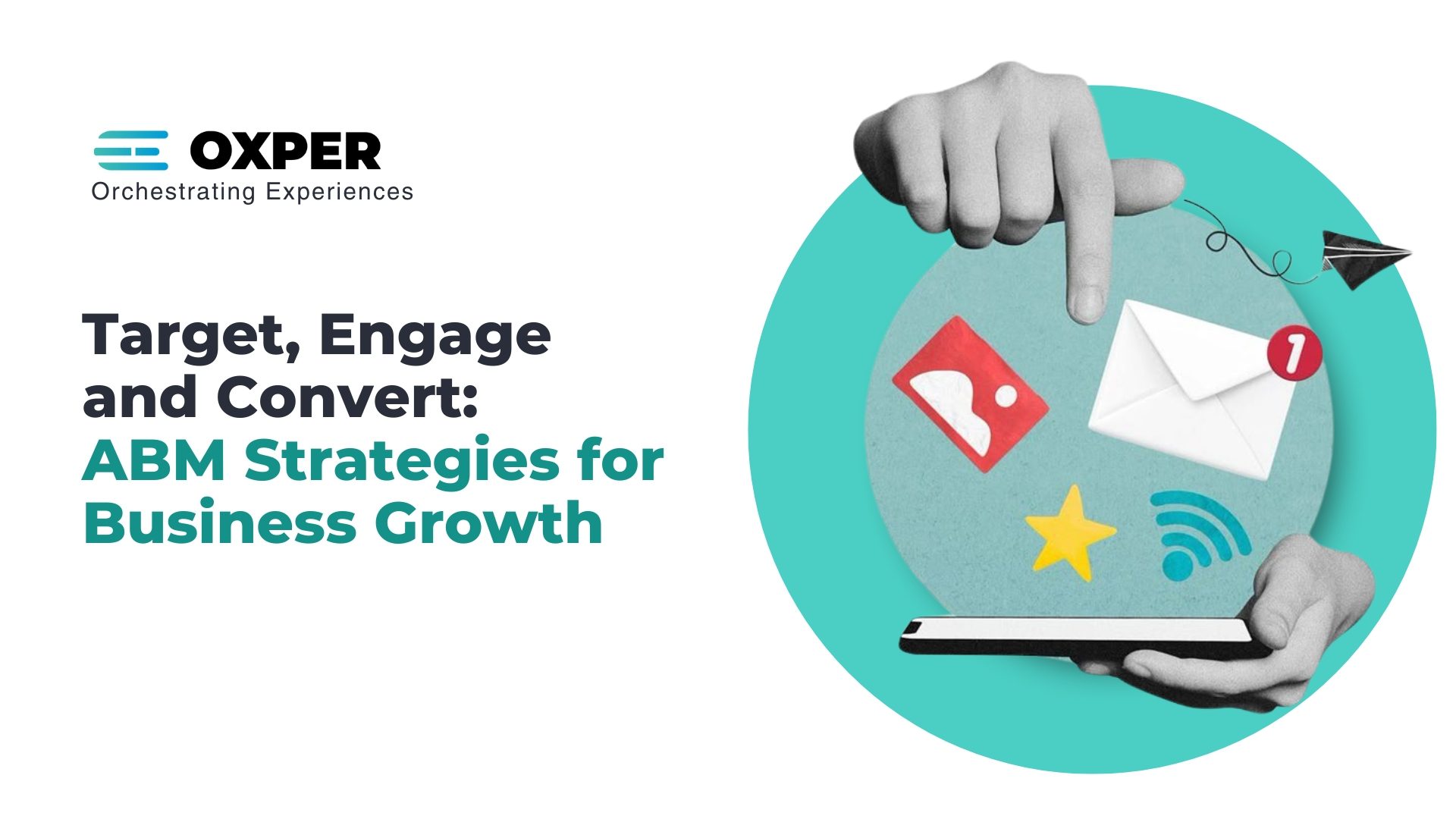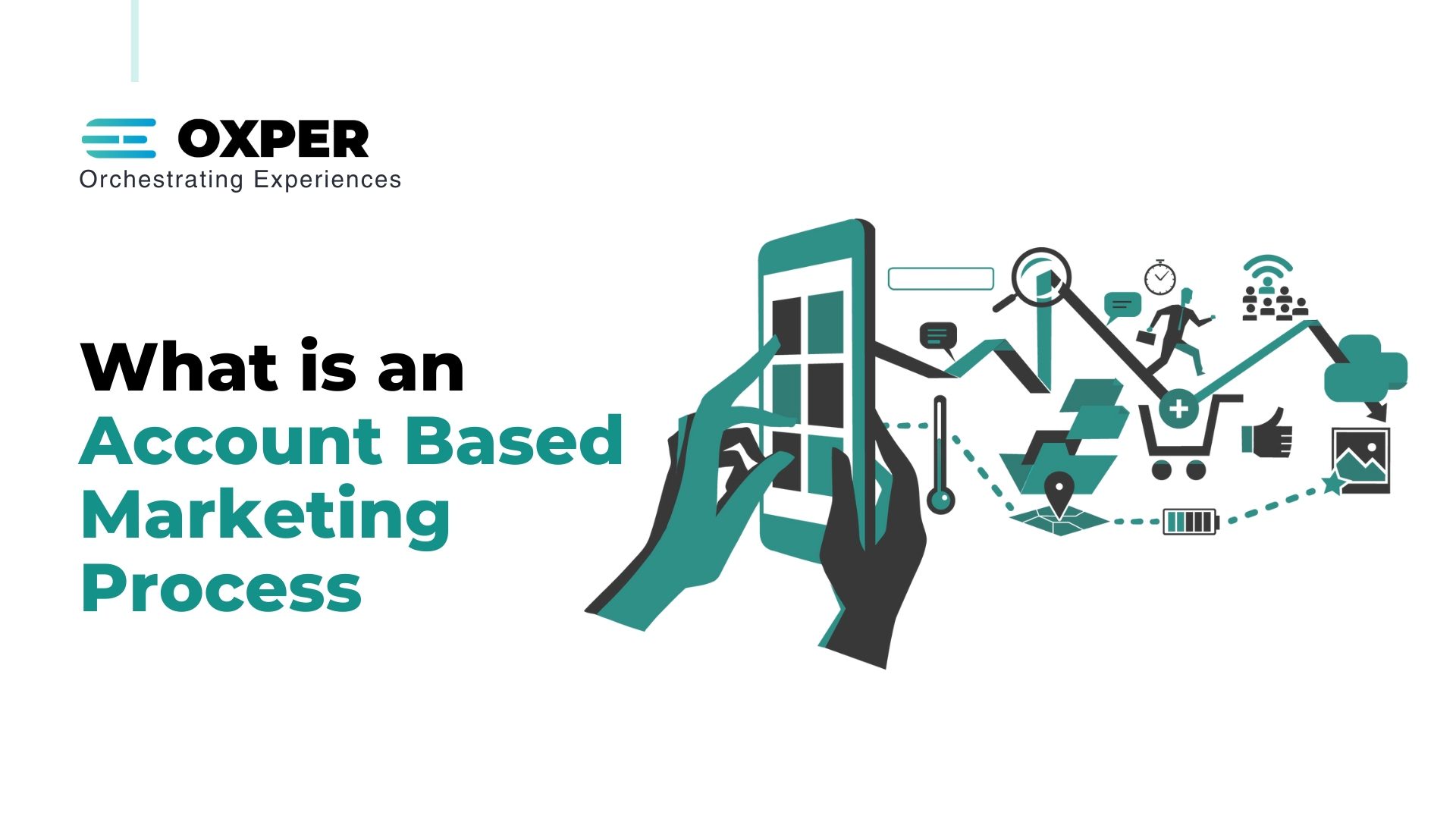Introduction
When Pareto made his landmark observation that 80% of Italy’s wealth was controlled by 20% of its population, he might not have guessed how profound the 80/20 principle would become in diverse realms, including marketing. Today, modern businesses can powerfully apply the Pareto principle in Account-Based Marketing (ABM) to optimize their returns. At Oxper, we help you identify and target the high-impact 20% of accounts that drive 80% of your business outcomes. Here are three ways you can do so:
Focus on the Top-Tier Accounts
According to research, the top 20% of a company’s clients account for an average of 80% of its revenues. This can be translated to ABM as a concentrated effort on the highest-value accounts can result in significant dividends. In order to find and nurture these top-tier accounts, companies should emphasise the value of employing data-backed insights. Companies can experience increased efficiency and decreased operational costs by concentrating resources on these “golden” 20%.
Personalize Every Interaction
Marketing on a generic basis is no longer effective. At this time, 80% of customers claim they are more likely to use a company that provides individualized experiences. Customize your messaging within ABM to speak to the specific problems and goals of the chosen 20%. Oxper’s automation tools, for instance, can craft “orchestrated experiences” that deeply connect with the target audience and make them feel genuinely understood.
Iterative Learning and Improvement
ABM is not a one-and-done tactic. In fact, 20% of your strategies will often produce 80% of your desired outcomes. Regularly analyze which tactics are working best and double down on them. By continually refining and leaning into the most effective strategies, businesses can maximize results without overwhelming resource expenditure.
Conclusion
The Pareto Principle is a strategic treasure trove for Account-Based Marketing (ABM) — not merely a theoretical concept. The 80/20 rule highlights how 80% of outcomes often come from just 20% of efforts. For businesses leveraging ABM, this means focusing on the right accounts, the right messaging, and the right channels to drive exponential results. By identifying and nurturing high-value targets, marketers can optimize resources and achieve higher ROI.
Want to unlock the full potential of ABM for your business? Let’s talk about how we can help you apply the 80/20 rule to your marketing strategy.
FAQS
1. How does the 80/20 rule apply to ABM?
In account based marketing (ABM), the 80/20 rule—also known as the Pareto Principle—suggests that 80% of your revenue often comes from just 20% of your accounts. B2B account based marketing strategies leverage this rule by focusing marketing and sales efforts on those high-value accounts that are most likely to drive growth. This approach aligns perfectly with the ABM principles of marketing, which prioritize quality over quantity and emphasize personalized engagement with decision-makers within target organizations.
2. How do I identify the top 20% of high-value accounts?
Identifying your top 20% high-value accounts starts with clear account based marketing criteria. Analyze firmographics (industry, size, revenue), past purchase history, engagement levels, and intent data. Use the principles of marketing ABM to score and segment accounts based on potential value and strategic alignment. Tools like Salesforce, HubSpot, and 6sense can support this process by helping uncover which accounts show the strongest buying signals and align with your B2B account based marketing goals.
3. What tools can help personalize ABM campaigns?
Effective B2B account based marketing requires personalization at scale. Tools like Terminus, Demandbase, RollWorks, and Engagio enable personalized messaging, dynamic content, and tailored advertising. These platforms support the ABM principles by allowing businesses to deliver relevant, timely content to each stakeholder within a target account. CRMs like HubSpot and Salesforce also play a critical role by centralizing data that drives targeted outreach across email, web, and social platforms.
4. How often should I review and optimize my ABM strategy?
To stay aligned with evolving market dynamics and customer needs, review your account based marketing strategy quarterly. Frequent optimization ensures your ABM campaigns remain relevant, cost-effective, and ROI-driven. According to abm principles of marketing, consistent analysis of engagement data, sales feedback, and campaign performance is essential for refining account selection, messaging, and outreach tactics in a B2B account based marketing environment.
5. Is ABM suitable for small B2B businesses?
Absolutely. Account based marketing is highly effective for small B2B businesses targeting niche markets or high-value clients. While large enterprises may have more resources, small teams can still implement ABM principles using cost-effective tools and highly focused strategies. The core value of what is account based marketing—building meaningful relationships with key accounts—makes it ideal for smaller B2B firms seeking higher ROI from fewer, more strategic clients.





